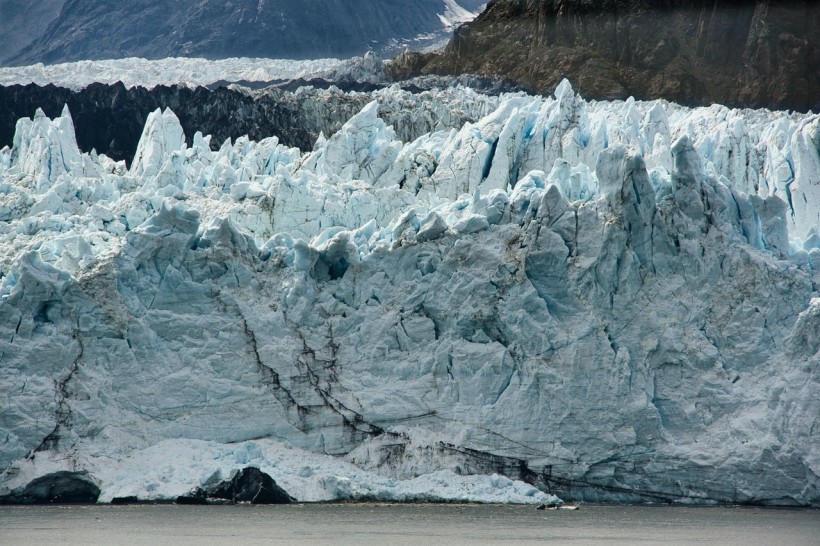Previous geological studies point out that the ancient intersection between eastern and western continents, also known as the Beringia land bridge, was the path humans took when they first traveled from Asia to America.
In a new study, data were found to contrast what we first thought, as the land bridge was blocked with a towering ice chunk that scales to almost 1,000 meters in height. The new theory disproves the initial guess on human migration to the Americas, with the ice wall pushing the continent's first people to travel via boats from Asia instead of the landmass.
The ice wall, which was suspected of having blocked the Beringian bridge, has a size of a 300-story building or about 3,000 feet in height.
Bering Land Bridge

Oregon State University's archaeology and geology specialist Jorie Clark led the investigation of the ancient ice wall that sat between Asia and America. The study's focus was to know what happened during the first migrations of people from east to west, and how the geological activity impacted the travel in between the previously interconnected continents.
According to the study, the ice-free corridor that was first thought to have served as a walkway for Asia-America migrants was not open until 13,800 years ago. The previously discovered footprints in Mexico might hold corresponding evidence for this new theory. If true, the first American settlers used a different route which was possible through the seas, according to Clark.
The new study on the Beringia corridor contrasts the early established theories on how humans appeared in the Americas. Most of the scientists agree on the possibility that humans first visited the New World through the existence of the iceless Beringia landmass.
In the modern world, the Beringia land bridge remains make up some parts of Alaska and Siberia. The entirety of the mini-continent materialized sometime 2.5 million years ago, during the height of the Pleistocene period.
Beringia Covered in Ice Taller Than Empire State and Burj Khalifa; Impossible for Migration on Foot from Asia to America
Beringia even served as a pathway and habitat for many animals and groups of ancient humans when they first existed. The land bridge met its demise approximately 11,000 to 10,000 years ago due to the glacial melting of the Late Ice Age. The increase in sea levels flooded the landmass and eventually erased the mini-continent from its original location.
The latest Beringian theory is backed by evidence of the stones unearthed in Mexico between 2020 and 2021. The age of stones ranges from 26,500 years ago, along with 60 sets of 23,000-year-old footprints.
Through these data and 64 other geological samples collected in the supposed original parts of Beringia in Alberta and British Columbia, the land bridge was covered with ice walls towering from 1,500 to 3,000 feet in height until 13,800 years ago.
The lowest point of the ice sheet in Beringia would still be colossal and even taller than the Empire State building, which measures over 1,400 feet, including its antenna. On the other hand, the highest point of the ice wall is much taller than the Burj Khalifa, which measures over 2,700 feet.
The study was published in the journal PNAS Anthropology, titled "The age of the opening of the Ice-Free Corridor and implications for the peopling of the Americas."
RELATED ARTICLE: Ice Cores Extracted from Polar Regions Hold Secret to Large Volcanic Eruptions Beyond 2,500 Years
Check out more news and information on Geology in Science Times.














